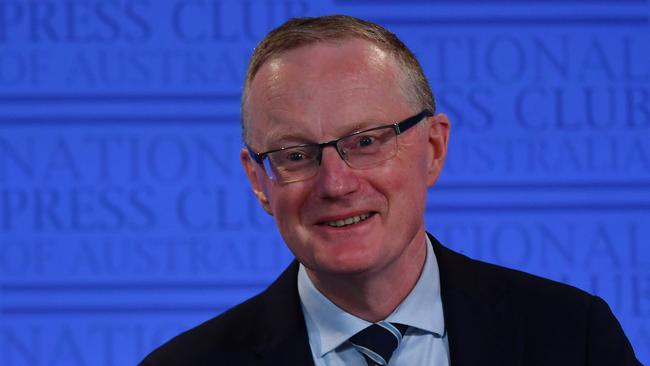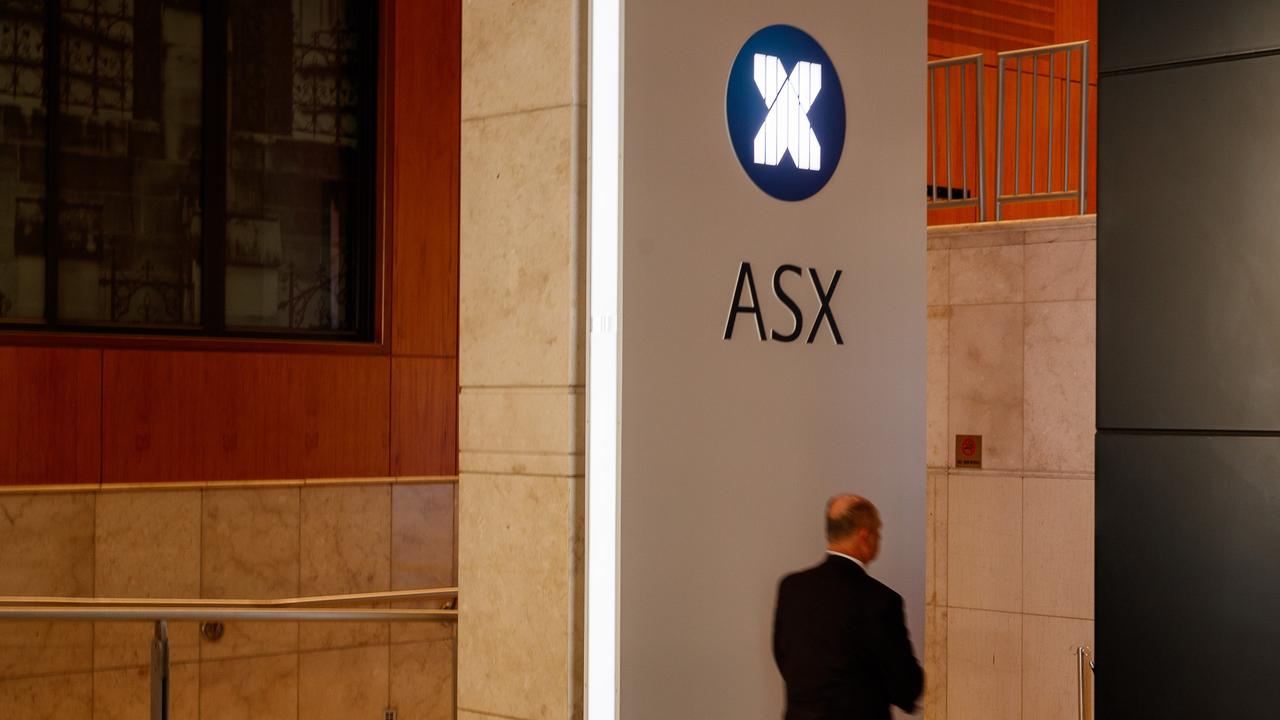
The Reserve Bank – and indeed Treasury – got 2021 wrong. Quite simply and undeniably. That poses two important questions, one immediate and one longer-term.
Longer-term, has the RBA “getting 2021 wrong” already spilt into it also pre-emptively “getting 2022 wrong” – and indeed 2023? Although, that second year is far more in the realm of outright, respectable, fortune-telling than even the conventional fakery of so-called economic forecasting.
The immediate question is what does the RBA do about it, through the morning of Melbourne Cup Day, leading up to what will now be a major, major policy statement just 30 minutes before the horses jump at Flemington?
Indeed, what has the RBA already done about it, in the analysis and policy recommendations that went out to board members late in the week, after Wednesday’s “shock” September quarter inflation surge.
As I wrote on Wednesday, after the CPI data, the RBA will stick with its unchanged 0.1 per cent policy interest rate. It will also stick with its $4bn-a-week bond-buying program through February.
In short, it will not do a RBNZ, which at its October policy meeting doubled its official rate from 0.25 to 0.5 per cent. NZ never went all the way down to the all-but zero of the RBA and the four major central banks.
Now, much more problematic is the third arm of what has been the RBA’s unchanged policy stance since, a tad ironically, its meeting on Cup Day last year: maintaining the April 2024 bond yield at the same 0.1 per cent.
That was an explicit promise not to move its policy rate up from 0.1 per cent until “at least” then.
The fourth arm – the lending of, also, three-year money to the banks, at the 0.1 per cent rate marker – ended at June 30, with the total sum outstanding by then a rather tasty (for the banks) $188bn. That will run off through to June 2024.
After the sudden shift in sentiment in the bond market, which had been building before the CPI data, but really accelerated through to Friday, trying to keep the April 2024 bond at 0.1 per cent has become completely untenable.
The RBA would essentially have to buy all the bonds on issue out to that date – around $100bn, as it already owns the majority of the April 2024 issue – and hand over a completely inappropriate and ultimately pointless multi-billion dollar profit to bond traders.
For those with long memories, any attempt by the RBA to now “defend” a 0.1 per cent yield at the short end would be the exact equivalent of the “old” RBA trying to defend a fixed and almost always overvalued Australian dollar, before financial deregulation in 1983.
Just as it used to have to do in the forex market with the Aussie, it would now have to do in the bond market: buying all that was offered, and “all” would be offered.
So what does governor Philip Lowe promise to “do” and even more importantly “say” about all this in Tuesday’s statement?
At the very minimum he has to say something, as the RBA’s forecasts for inflation for this current year are – in those famous, or infamous, words of President Nixon’s press secretary – now “inoperative”.
In the August statement, the RBA forecast 2.5 per cent headline CPI rise in the year to December and 1.75 per cent underlying inflation.
Well, in the first three quarters, headline inflation has already cumulated to 2.2 per cent. It will go above 3 per cent for the year. It could hit 3.5 per cent.
The underlying cumulative through the first three quarters is already 1.6 per cent. It will go above 2 per cent for the year, it could easily reach 2.5 per cent.
The striking – and portentous – aspect of the 0.8 per cent headline/0.7 per cent underlying September quarter inflation numbers were that they came when more than half the national economy was in lockdown; and national GDP will, according to Treasury, go at least 3 per cent negative.
We are now into a mini-boom in the December quarter, which could prove spectacular, as the surge in spending out of the NSW and Victorian lockdowns is leveraged up by the usual pre-Christmas spending accelerator.
All that spending will collide with the inflation-boosting combination of labour shortages, thanks to the people-lockout, and all the global supply issues that have spurred the supposedly “transitory” global inflation that has taken all Lowe’s global peers by “surprise”.
A “surprise”, to which only the RBNZ has responded.
Both the RBA and even more so Treasury were proved too pessimistic coming out of the end of JobKeeper at the end of March.
As late as May, in the Budget, Treasury (implicitly) forecast that GDP would go negative in that then-current June quarter. It actually grew by 0.7 per cent. That relative pessimism, about the labour market especially, led them to miss the evolving inflation.
The core problem Lowe and his team face ahead of Tuesday, in walking away from that early-2024 “first-hike” timeframe, is what to put in its place. If indeed anything.
There are two levels to this challenge. What the RBA sees as the inflation/activity path through 2022 and 2023, and so what it might say about its policy rate; and the functional issue of the yield curve.
One option – to me, the most sensible – is to walk away from targeting any yield. Just let the market do what it will. Focus its QE on the “Q”; on buying quantity around the market-driven yield curve.
To me, picking any earlier maturity as a replacement, like the April 2023 issue, to target the 0.1 per cent, would be a can of worms.
Equally, to now forecast 3 per cent-plus inflation for the December year, but it then falling comfortably back to 2-2.5 per cent in 2022 and 2023, would also be problematic.
We are into new post-Covid – global and local — inflation paradigms of considerable complexity and uncertainty.
It’s time to be prudent about “forecasting the future”.



